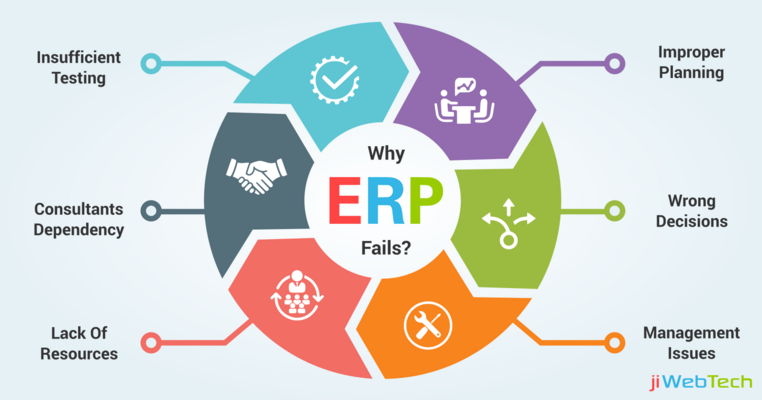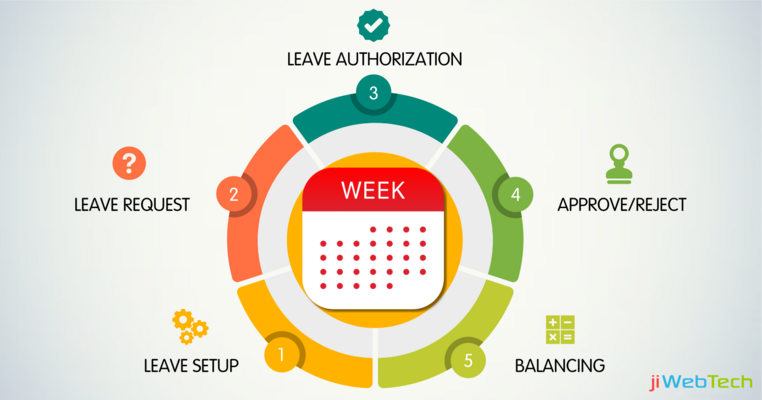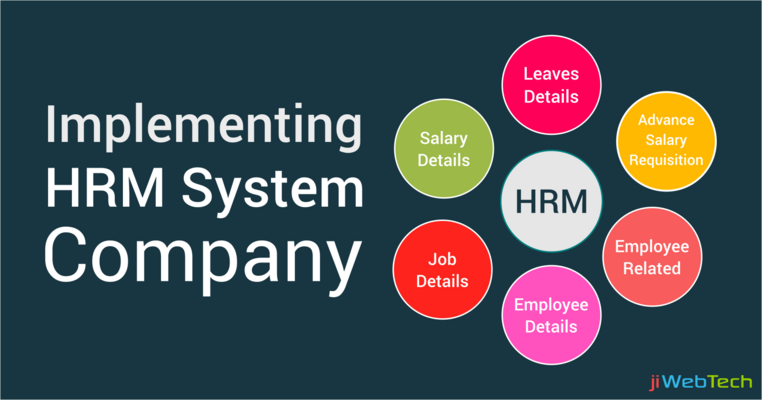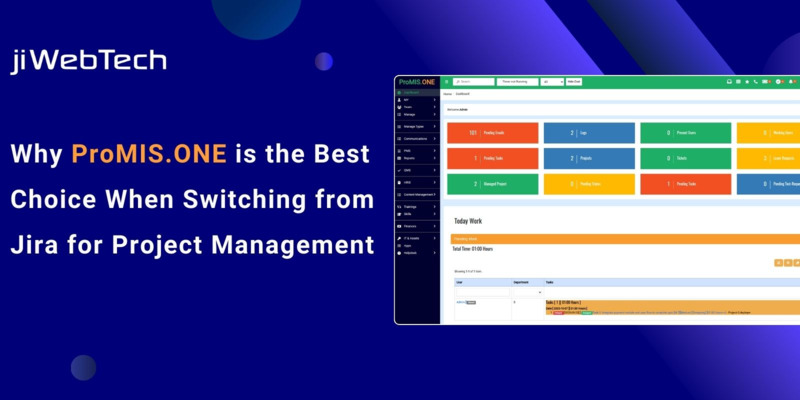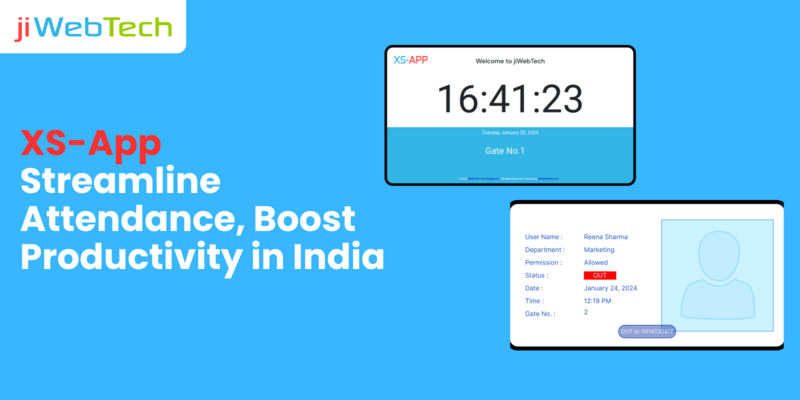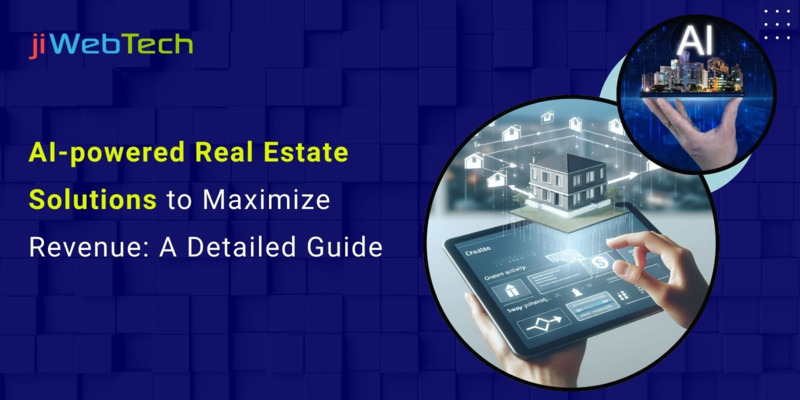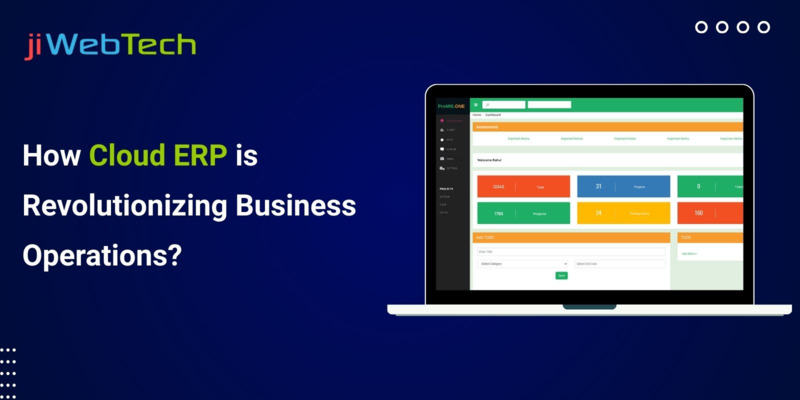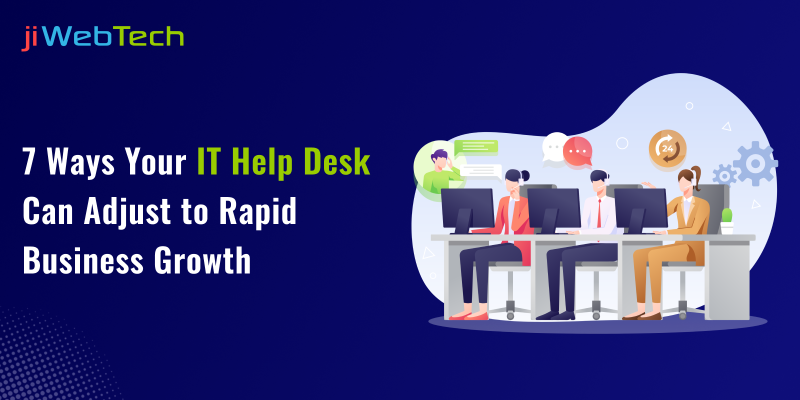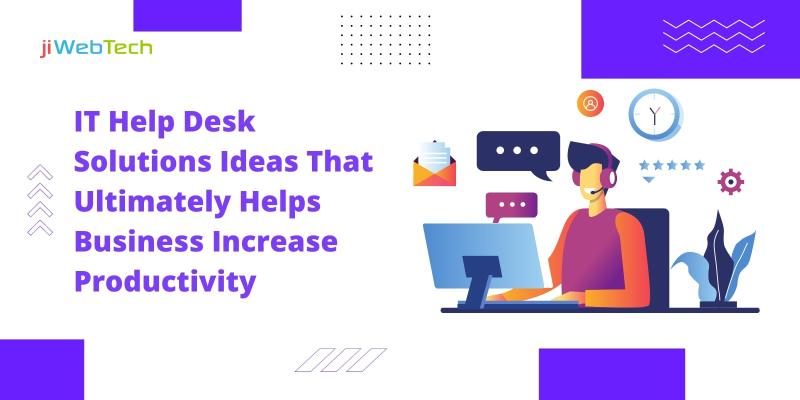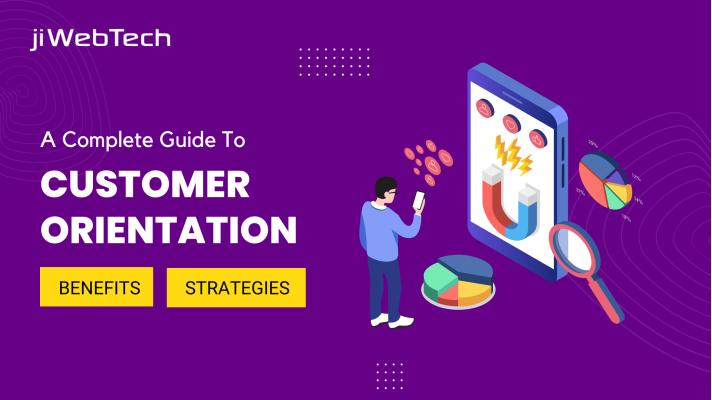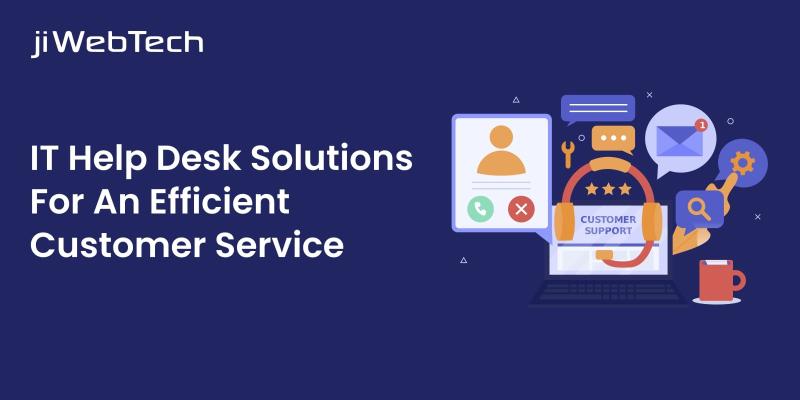- Jul 18, 2023
- IT Help Desk
- 3133
Share this post on:
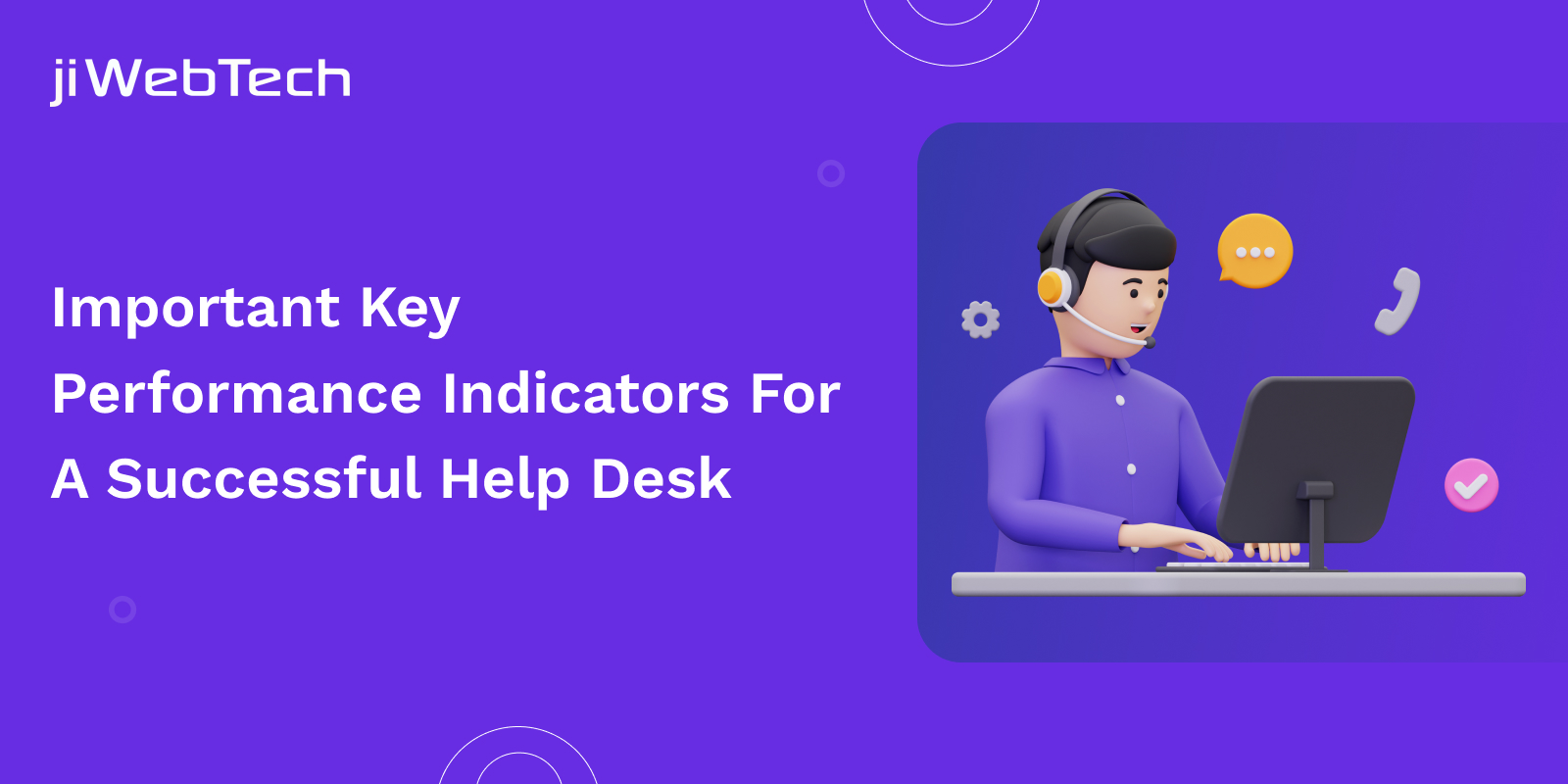
Today, there is massive competition among all verticals of an industry. Working with online data analysis and performance metrics is essential to surviving in the ever-evolving digital landscape.
Moreover, to be successful, you must keep your customers happy. Even though numerous factors contribute to the success of any brand, the customer experience surpasses all other factors. Customer experience is one of the major factors behind the success of any brand.
Thereby, choosing Key Performance Indicator (KPI) to track and measure the success of your company is necessary.
Key Performance Indicators (KPIs) are essential tools used to measure the success of a help desk operation. These metrics provide valuable insights into different aspects of the helpdesk's performance. KPIs help managers identify areas where improvements are required and assess whether goals are met. There are several important key performance indicators (KPIs) that monitor the effectiveness of a help desk support team.
The important aspects of the IT Help Desk KPIs help businesses monitor
Key Performance Indicators (KPIs) help businesses measure the success of any operation, including help desks. Today, faster resolution of user problems is crucial. Organizations can identify what needs improvement, recognize high performers, and allocate budgets more effectively by monitoring critical help desk KPIs.
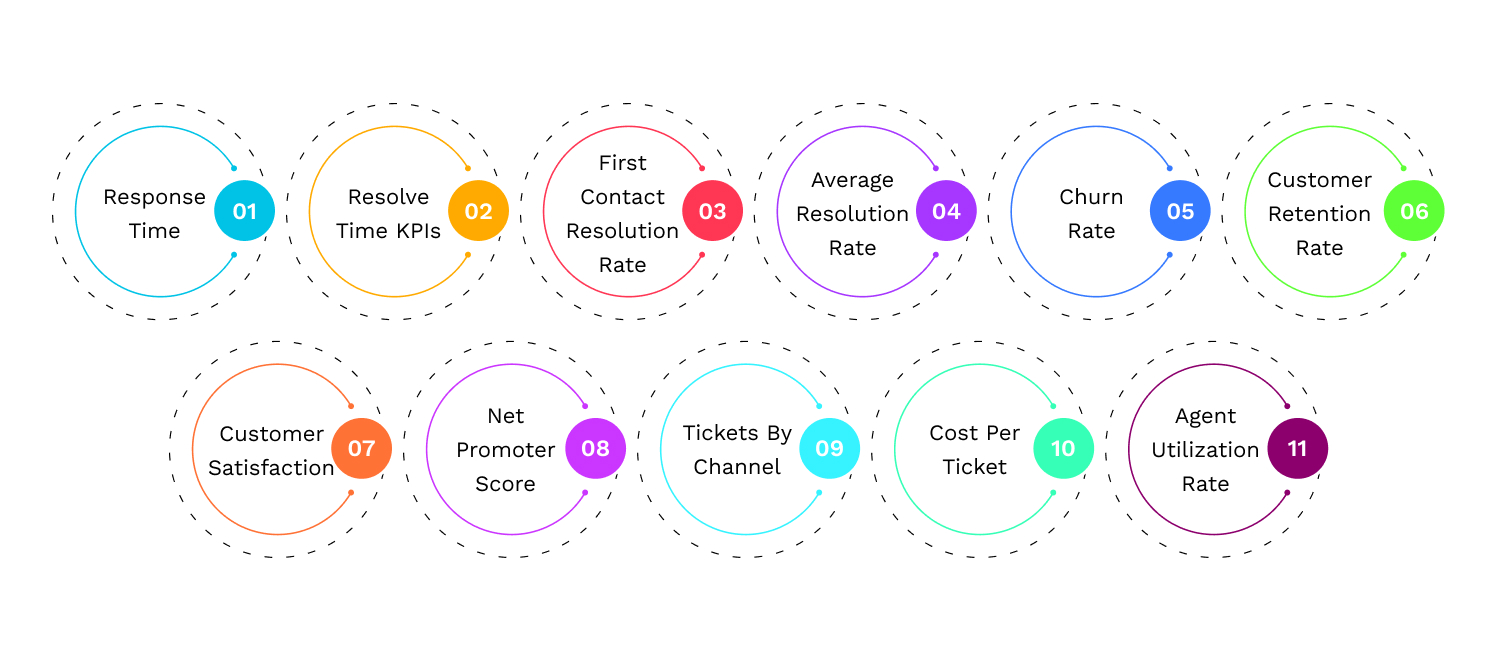
1. Response Time: Responding rapidly to support tickets is one of the most important aspects of a well-functioning IT help desk. This measures how quickly agents respond to customer tickets or queries. An ideal response time would depend on factors such as ticket volume, the complexity of issues reported by customers, and service level agreements (SLAs).
Slow response times lead to frustration among users, who expect timely answers to their issues. A quick response ensures a high-quality user experience, which results in higher levels of customer satisfaction. Additionally, responding quickly shows that the IT team values their customers' time.
2. Resolve Time KPIs: Unlike response time, resolve time represents the interval between when the case was acknowledged and closed or marked as completed. An extended solution time translates to unsatisfactory speed for resolving customer complaints or troubleshooting.
Customers might get dissatisfied if issues persist too long, harming customer retention rates. Long resolution intervals could signal a few shortcomings, like a lack of knowledge or insufficient resources.
3. First Contact Resolution Rate: First Contact Resolution Rate (FCR) refers to the proportion of incoming customer issues that are solved during the customer's first engagement. Improved FCR is beneficial because it reduces follow-up calls from clients, thereby lowering the volume of work the help desk has to manage.
Additionally, this metric highlights areas where employees require more training or resources to handle common issues. Ultimately, a higher FCR leads to greater client satisfaction, which further leads to faster turnaround times for addressing issues. It eliminates the hassle involved in communication between the parties.
4. Average Resolution Rate: The average resolution rate is a vital aspect of measuring the productivity of your helpdesk function. It assesses the average time required for helpdesk candidates to resolve customer complaints, queries, or other service inquiries.
Monitoring this statistic allows you to identify the areas where improvements are needed, including evaluating the amount of technical assistance available. It helps you understand if you need more resources to train the candidates who are handling the helpdesk.
Formula to calculate the average resolution rate:
(Total resolution time during a specific period/number of help desk tickets during that period) = average resolution rate
5. Churn Rate: The churn rate describes the number of customers who end their relationship with a business over a specific period. The churn rate reflects customer turnover, which is influenced by many factors. One of the factors may include poor service experiences.
Low churn rates indicate fewer customer turnovers and suggest strong customer loyalty, while higher levels reveal potential problems related to your value proposition, pricing strategy, or service delivery.
To reduce churn rates, companies should increase investments in customer retention strategies like customer support improvements, targeted promotions, and discounts aimed at building stronger relationships with customers. Overall, churn rate monitoring helps evaluate customer lifetime value and inform decision-making processes.
6. Customer Retention Rate: The customer retention rate refers to how many customers continue using your product or service over time. If you have high customer retention rates, that means more customers are sticking around and coming back to use your service. This indicates strong satisfaction with what you offer.
In terms of KPIs (key performance indicators), the customer retention rate is used as a measure of success. A higher retention rate leads to a better customer experience, leading to repeat sales, positive word-of-mouth marketing, and other benefits.
7. Customer Satisfaction: Customer satisfaction refers to how satisfied customers feel with their experiences interacting with your brand or company. It can include evaluations of products or services purchased, ease of use, speed, effectiveness of problem resolution, etc. High levels of customer satisfaction contribute positively toward long-term goals such as increased loyalty, retention, and positive word-of-mouth recommendations.
In the context of help desk KPIs, measuring customer satisfaction provides valuable insights into how effectively a company is resolving customer concerns. Companies can identify areas where improvements are needed by tracking and analyzing customer feedback through surveys, chatbot interactions, and live chats, . It helps them enhance their support processes and drive greater customer loyalty.
8. Net Promoter Score: Net Promoter Score is a simple but powerful metric that measures customer loyalty and predicts growth potential. NPS is calculated based on customer responses to a single question: On a scale of 0 to 10, how likely are customers to refer the product or service to a friend or colleague? Respondents who select 9 or 10 are considered promoters, while those choosing 7 or below are detractors. The difference between these groups makes up the NPS score.
In the context of help desk KPIs, NPS serves as a valuable indicator of customer sentiment toward a company's support and service. A high NPS score shows how likely customers are to recommend the product or service to others. Conversely, low NPS scores may suggest issues within the help desk operations that require attention and improvement.
By regularly monitoring and assessing NPS, help desks can prioritize addressing customers' needs and identify areas for process optimization. Additionally, focusing on increasing NPS may encourage help desk teams to build stronger relationships with customers.
9. Cost Per Ticket: Cost per ticket (CPT) is a financial metric, measuring the average expense related to handling a customer inquiry or request via the help desk. Help desk managers often analyze CPT as part of their strategy for controlling overhead and optimizing resources. Lowering CPT is beneficial because it indicates increased efficiency and reduced costs without harming quality customer care.
However, keeping a balance between efficient response times and effective problem resolution can help you achieve optimal CPT. Understanding CPT patterns over time allows leaders to fine-tune processes and allocate budgets accordingly to ensure exceptional experiences for end users. Some factors companies can consider while determining the total expenses are:
- Agent Salaries
- Equipment Expenses
- Office Rent
- Internet and Phone Expenses
10. Tickets By Channel: Tickets by channel refers to tracking the number of customer queries or requests handled by various communication channels available to them. For example, this could include phone, email, web form submissions, social media messages, online chat, and SMS text messages. Ticketing by channel helps:
- Monitor the most popular contact methods used by customers. This information enables your team to optimize the user experience, which includes adjusting interface design, opening hours, or staff scheduling.
- Detect discrepancies between the expected performance of particular channels compared to actual results. It indicates problems with implementation or effectiveness.
Analyzing tickets by channel helps establish efficient support structures that adapt themselves to shifting consumer preferences. It realizes benefits like lower average handle times, improved customer satisfaction ratings, decreased wait times, and enhanced brand reputation, leading to sustainable business success.
11. Agent Utilization Rate: The agent utilization rate represents the amount of time an employee spends actively working on support tasks versus performing nonproductive activities. It reflects how effectively agents use available work periods and utilize potential opportunities for improving or balancing resource allocations. An agent utilization rate effectively captures whether personnel contributes maximum output versus filling space on the payroll.
What Are IT Helpdesk Best Practices?
As technology advances, managing support requests has become challenging for organizations of all sizes and industries. However, companies can improve their reputation for fast resolution of issues, streamline processes, reduce costs, and enhance end-user satisfaction by implementing best practices for running an IT help desk.
Here are some top IT help desk best practices that every organization should adopt and incorporate into their support structure.
1. Focus on Existing Processes: You can identify the areas where operations can be improved by refining current procedures by focusing on existing processes.
These changes often involve analyzing workflows, tightening up internal communications, updating documentation, automating repetitive tasks, and introducing checklists to prevent oversights. By concentrating on existing processes, help desk managers can take advantage of numerous advantages, including:
- Streamlined operations: Optimizing existing processes can make tasks easier and quicker to accomplish, streamlining the processes.
- Better alignment with company culture: Present staff members are already comfortable with current processes. They tend to be more open to making changes than completely rebuilding everything.
- Increased adoption of change: Workers feel less threatened when change occurs gradually. They can adopt modifications easily, keeping help desk personnel more engaged and committed to continual improvement.
- Enhanced consistency: Well-established workflows promote consistent execution, reducing errors and misunderstandings. Introducing fresh approaches carries the risk of inconsistency, leading to increased mistakes, and reduced quality.
2. Offer customers genuine value: Providing customers with authentic worth is crucial to creating long-lasting relationships between your organization and its customers. Incorporating valuable offerings as part of an IT help desk’s core principles serves several purposes.
Here are some key reasons why offering genuine value should be considered best practice when dealing with customers through the help desk function.
- Customer Loyalty: Customers begin to see your products or services in higher regard if you deliver them real value, increasing loyalty. The longer customers remain connected, the higher the probability of positive word-of-mouth referrals, repeat purchases, and deeper connections forming between the parties involved.
- Stronger Brand Image: Consumers stay connected with companies that provide genuine value, attracting customers seeking similar high-quality encounters. By standing out positively in the marketplace, more customers are attracted to your brand, strengthening its identity.
Conclusion:
Help desk KPIs are crucial to measuring and improving the customer experience. They help identify inefficiencies within the service operation. Tracking these KPIs allows you to evaluate your help desk's strengths and weaknesses, set benchmarks, prioritize tasks, and take necessary actions for continuous improvement.
Even though there are a lot of KPIs to consider, focusing on relevant categories such as productivity, client experience, cost management, and process optimization will give you a solid foundation for data analysis.
Regular evaluation of selected help desk KPIs helps businesses take a clear direction toward long-term growth and successful customer relationship management. Overall, help desk KPIs allow leaders to measure, optimize, and refine processes based on data analysis.

